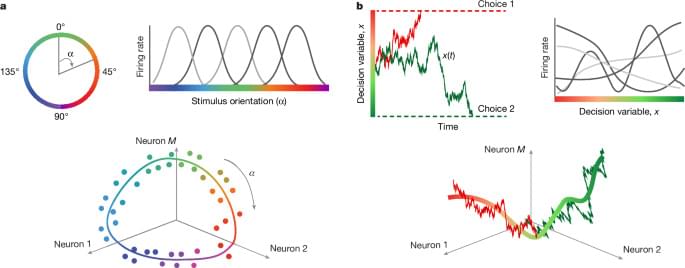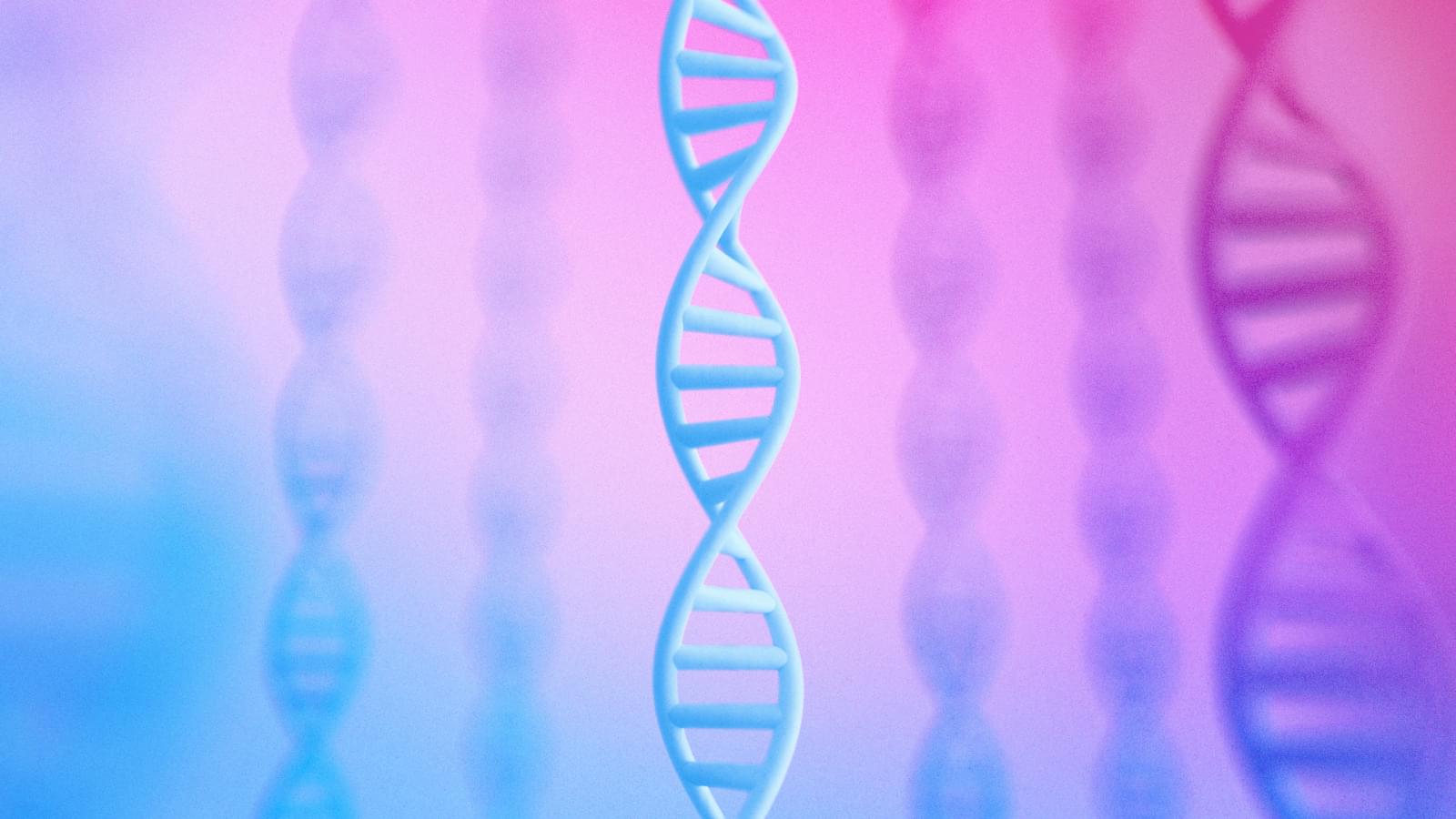Scientists have built a compact physical qubit with built-in error correction, and now say it could be scaled into a 1,000-qubit machine that is small enough to fit inside a data center. They plan to release this machine in 2031.


The problem concerns the mathematical properties of solutions to the Navier–Stokes equations, a system of partial differential equations that describe the motion of a fluid in space. Solutions to the Navier–Stokes equations are used in many practical applications. However, theoretical understanding of the solutions to these equations is incomplete. In particular, solutions of the Navier–Stokes equations often include turbulence, which remains one of the greatest unsolved problems in physics, despite its immense importance in science and engineering.

Offering TPE. I do not see a cost though.
*Apply to join Foresight Biotech & Health Extension program:* https://foresight.org/biotech-health-extension-program/
A group of scientists, entrepreneurs, funders, and institutional allies who cooperate to advance biotechnology to reverse aging and extend human healthspan. This group is sponsored by 100 Plus Capital. http://100pluscap.com/
*Foresights Personal Longevity Group* Exploring anti-aging methods, monthly virtual meetings, expert discussions, private group for Foresight Patrons. https://foresight.org/personal-longevity-group/
*Brad Younggren | Therapeutic Plasma Exchange (TPE): A Tool Against Aging and Disease*
Bio: Brad Younggren, MD, is CEO and co-founder of Circulate Health, a company dedicated to extending human healthspan. A former U.S. Army physician, Dr. Younggren served as a combat physician in Iraq and was awarded a Bronze Star and Combat Medical Badge. An emergency medicine specialist and seasoned healthcare executive, Younggren has led teams at the cutting edge of medicine for decades. Most recently, he was President and Chief Medical Officer at 98point6, where he led the development and launch of AI-powered primary care solutions. He previously served as CMO at Cue Health, Shift Labs, and Mobisante. At Circulate, Younggren leads an expert team of clinicians and scientists working to harness the potential of therapeutic plasma exchange to advance health and longevity.
https://www.circulate.health/
Abstract: Aging is the primary risk factor for most chronic diseases, driving over 90% of U.S. healthcare expenditures. However, emerging science suggests that aging itself can be targeted as a modifiable process. Therapeutic Plasma Exchange (TPE) is a promising intervention that removes harmful substances from the bloodstream, reducing inflammation, disease burden, and potentially reversing aspects of biological aging. Circulate Health is pioneering this space, with clinical trial data demonstrating measurable reductions in biological age and improvements in key biomarkers. Beyond its longevity benefits, recent findings suggest TPE may help reduce microplastics and other environmental toxins—offering a practical, scalable approach to mitigating modern health threats. In this talk, we’ll explore the science behind TPE, its clinical applications, and why Circulate Health’s model makes this groundbreaking treatment accessible to more patients and clinics.

How can trees provide relief from extreme heat in urban climates? This is what a recent study published in Environmental Research Climate hopes to address as a team of researchers investigated using urban street trees to provide shade relief from extreme temperatures, which continue to increase due to climate change. This study has the potential to help researchers, climate scientists, legislators, city planners, and the public better understand the benefits of trees for cooling urban spaces in the face of the increasing threat of climate change.
For the study, the researchers used a series of computer models between July and August 2022 to simulate how street tree planting in Las Vegas could provide relief from extreme heat and heat exposure. The goal of the study was to ascertain the overall effectiveness of planting non-native trees in an urban setting while estimating the amount of water they would need to survive and provide shade relief from extreme heat. In the end, the researchers found that desert environments are too hot for trees to adequately provide shade relief, primarily due to the trees’ water conservation efforts.
“Urban trees are not a silver bullet for cooling our cities, particularly for desert cities like Las Vegas,” said Dr. Juan Henao, who is a postdoctoral researcher at the Desert Research Institute and lead author of the study. “But they provide significant shade and of course other benefits. I know that I prefer to see trees, and they can help store carbon. We just need to remember that in order to cool the air, they need to release water vapor, and we need to give them enough water to do that. Any hot, dry city will need to consider these tradeoffs and really do their research to identify the right species for planting efforts.”


Introducing a new, unifying DNA sequence model that advances regulatory variant-effect prediction and promises to shed new light on genome function — now available via API.
The genome is our cellular instruction manual. It’s the complete set of DNA which guides nearly every part of a living organism, from appearance and function to growth and reproduction. Small variations in a genome’s DNA sequence can alter an organism’s response to its environment or its susceptibility to disease. But deciphering how the genome’s instructions are read at the molecular level — and what happens when a small DNA variation occurs — is still one of biology’s greatest mysteries.
Today, we introduce AlphaGenome, a new artificial intelligence (AI) tool that more comprehensively and accurately predicts how single variants or mutations in human DNA sequences impact a wide range of biological processes regulating genes. This was enabled, among other factors, by technical advances allowing the model to process long DNA sequences and output high-resolution predictions.


